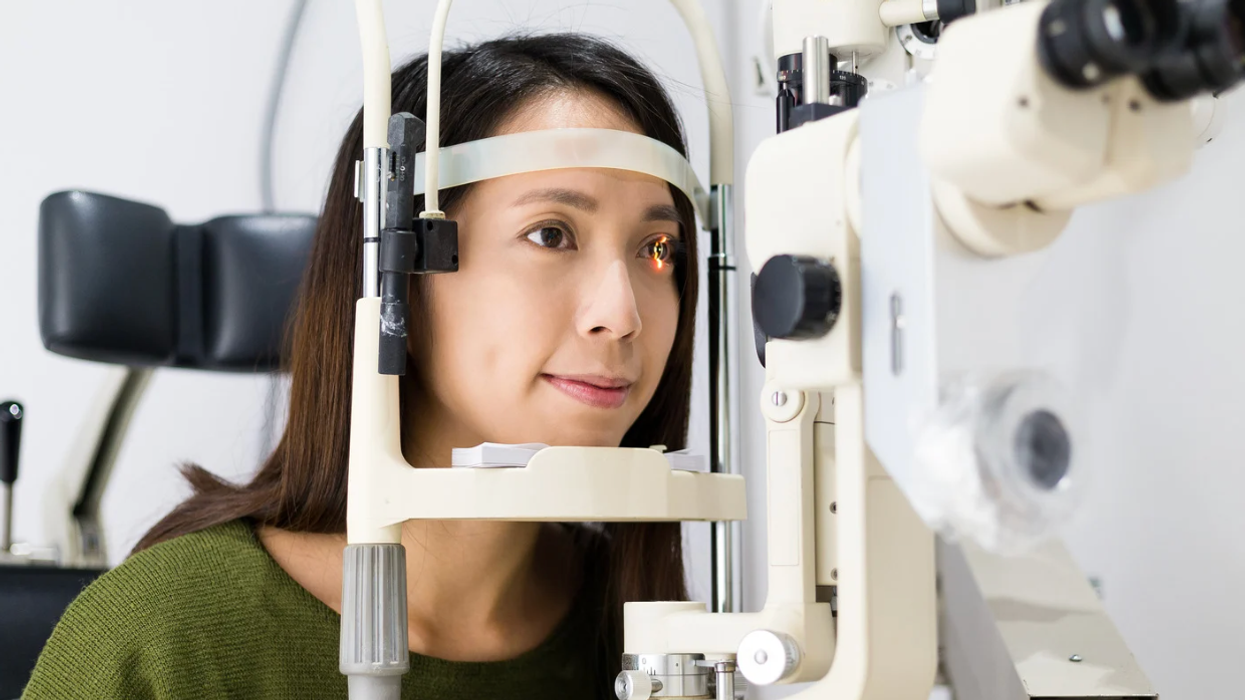If everything goes according to plan, Jean Makesh, CEO of Lantern assisted living facilities, will be sending more patients home than he will take in.
It’s a strange goal, but the changes Makesh is making aren’t with the bottom line in mind, but the care and dignity of his patients. No matter how luxurious of comfortable a facility is, it can still depress the residents’ quality of life if only because they get depressed from not spending enough time outside.
Knowing expansive outdoor areas, security, and more accessibility features aren’t attainable with many of his properties’ budgets, Makesh has sought to bring the outdoors inside the facilities.
He’s not only created outdoor streetscapes, complete with porches, sunrises, and sunsets, but also adopted a timely decor that can envelop the residents in fond, comforting memories of their earlier years. Makesh said, prior to adopting the innovations, "I thought I knew a lot about elderly care. The more and more time I was spending with my clients, that's when I realized, 'Oh my god, I have no clue.'"
The concept is currently being tested in Lantern’s Madison, Ohio facility with two new facilities slated to roll out this year.
Rather than getting a sterile doorway off a sterile hallway, residents in this facility are treated to their own “homes.” The articulation in the hallways, with jutting walls, sconces, and streetlamps all create a level of engagement for the residents that hasn’t been available in Lantern’s market segment.
While engagement may sound like a creature comfort, Makesh insists that it’s engagement with the surrounding environment that could save a demented or depressive patient from being written off as a lost cause. Using an environment that stimulates response and engagement, Makesh isn’t just hoping that his patients buy time or experience a marginal quality of life. Rather, he’s looking to a near future in which the environment creates patients so self-sufficient that they don’t just improve...they leave the facility.
He says, "In five years, we're going to [be able to] rehabilitate our clients where they can live independently in our environment. In 10 years, we're going to be able to send them back home."
It might sound farfetched, but in an industry that’s rife with abuse, impersonal oversight, and overmedication, a little ambition and empathy, even if it falls short of Makesh’s goal, could offer a change welcomed by a generation of baby boomers that may find themselves clients of his soon enough.





















